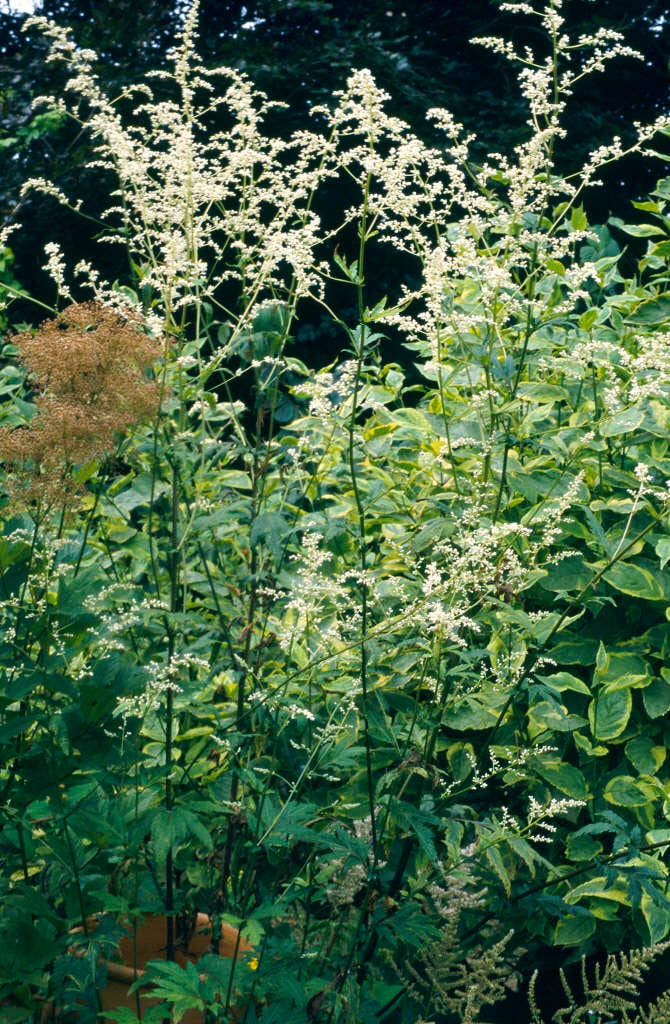Not the plant you're looking for? Search over 300,000 plants
Herbaceous Perennial
Size
Ultimate height
1–1.5 metresTime to ultimate height
2–5 yearsUltimate spread
0.5–1 metresGrowing conditions
Chalk
Loam
Sand
Moisture
Moist but well–drainedpH
Acid, Alkaline, NeutralColour & scent
| Stem | Flower | Foliage | Fruit | |
| Spring | Green | |||
|---|---|---|---|---|
| Summer | Cream | Green | ||
| Autumn | Cream | Green | ||
| Winter |
Position
- Full sun
Aspect
South–facing or West–facing or East–facing
Exposure
Exposed or Sheltered Hardiness
H7Botanical details
- Family
- Asteraceae
- Native to GB / Ireland
- No
- Foliage
- Deciduous
- Habit
- Columnar upright
- Genus
Artemisia can be shrubs, perennials or annuals, evergreen or deciduous, with usually grey, aromatic, often divided foliage and rather insignificant flower-heads
- Name status
Correct
- Plant range
- China, SE Asia
How to grow
Cultivation
Grow in fertile, well-drained soil in full sun. Can die back in heavy, poorly-drained soil
Propagation
Propagate by seed, division or semi-hardwood cuttings in late summer
Suggested planting locations and garden types
- Cottage and informal garden
- Low Maintenance
- Cut flowers
- Flower borders and beds
Pruning
Cut back to base of plant in autumn
Pests
Generally pest-free
Diseases
May be susceptible to honey fungus
Get involved
The Royal Horticultural Society is the UK’s leading gardening charity. We aim to enrich everyone’s life through plants, and make the UK a greener and more beautiful place.
